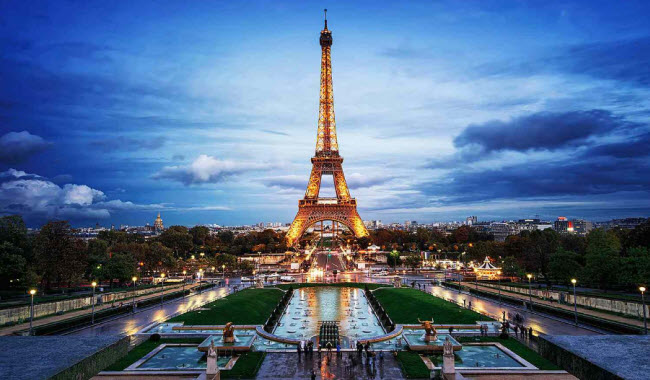The Eiffel Tower, a renowned French landmark, stands as a testament to technological prowess in building history. With a height of 330 meters—equivalent to an 81-story building—it is the tallest structure in Paris. Named after the engineer Gustave Eiffel, whose company designed and constructed it, the tower was built to commemorate the centennial of the French Revolution and showcase France’s industrial and architectural excellence to the world. Despite its current global fame, the Eiffel Tower was initially regarded by artists and intellectuals as an eyesore. However, it soon became a symbol of the city and one of the most visited monuments worldwide. Today, no trip to France is complete without a visit to this iconic structure. Due to its cultural significance, UNESCO designated it as part of a World Heritage Site in 1991.
Construction History of the Eiffel Tower
The creation of the Eiffel Tower is closely associated with Gustave Eiffel, a French civil engineer traditionally credited with its design. However, he was assisted by two less well-known figures, Maurice Koechlin and Émile Nouguier, who were engineering directors at his company and worked alongside Eiffel and French architect Stephen Sauvestre to develop the original plans. Their design won a competition to feature as the centerpiece of the 1889 World’s Fair in Paris, celebrating the centennial of the French Revolution. Construction began in July 1887, using wrought iron. Despite the monumental scale, not everyone in Paris was pleased with the idea of a giant metal monument looming over the city. A petition from 300 artists, sculptors, writers, and architects was sent to the Paris Exhibition Commissioner, urging the cancellation of the “ridiculous” tower, which they feared would dominate Paris like a giant black chimney. Nonetheless, these protests were ignored, and the Eiffel Tower was completed on March 31, 1889, at a cost of 7.8 million French francs, approximately 1.5 million dollars.
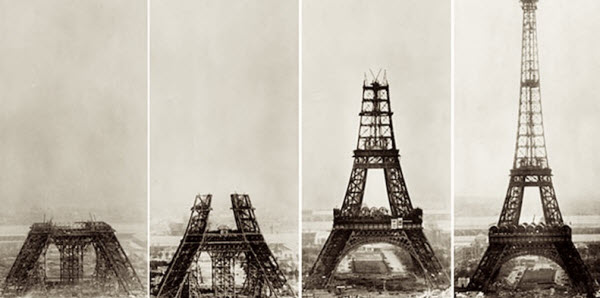
The Eiffel Tower’s design was groundbreaking, diverging from the Gothic, Renaissance, and Baroque styles prevalent in the 18th and 19th centuries. It was one of the early examples of modern architecture, featuring wrought iron and serving purely to demonstrate architectural creativity and French engineering skills rather than any specific function. Eiffel insisted on including elevators, which had to be imported from a U.S. company because no French company met the required quality standards. The tower also featured escalators, allowing Parisians and visitors to enjoy panoramic views of the city, an experience previously reserved for a few wealthy individuals able to afford hot-air balloon rides. Today, it is a relatively affordable attraction that anyone can enjoy.
Structure and Features of the Eiffel Tower
Approximately 18,000 iron pieces were manufactured at the Eiffel factory in the suburbs of Paris to build the tower. The wrought iron structure comprises four massive curved legs anchored on stone supports, converging into a single pointed tower. The construction required about 2.5 million rivets and 7,300 tons of iron. With the addition of elevators, shops, and antennas, the total weight reaches 10,100 tons. To protect it from the elements, every inch of the tower was coated with 60 tons of paint, a task that has been repeated 18 times throughout its history. The tower was originally reddish-brown but was painted a bronze shade known as “Eiffel Tower Brown” in 1968. It is expected to be painted gold in celebration of the 2024 Summer Olympics in Paris.
The tower’s construction took wind resistance into account due to its height. Precise calculations were made to ensure its stability against wind forces. Studies show that the tower sways up to 9 centimeters and that the top section extends by 18 centimeters away from the sun due to thermal expansion of the side facing the sun.
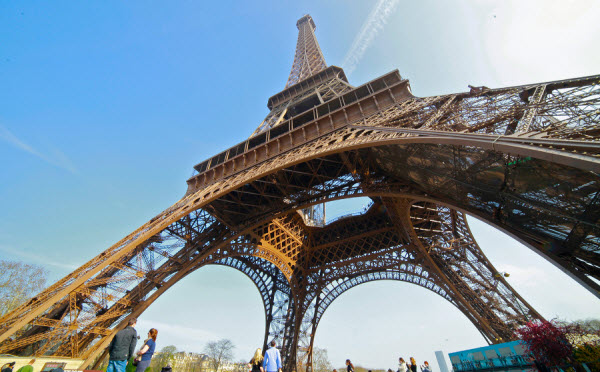
When the first floor was completed, it housed three restaurants—French, Russian, and Flemish—as well as an Anglo-American bar. The Flemish restaurant was later converted into a theater with 250 seats and included laboratories for scientific experiments, plus a small apartment for Gustave Eiffel to entertain guests, which is now open to the public. The elevators have been replaced several times, taking an average of 8 minutes and 50 seconds for a round trip. Each elevator spends about 1 minute and 15 seconds at each level, with the first level at 58 meters above ground, the second at 115 meters, and the third at approximately 275 meters.
Uses of the Eiffel Tower
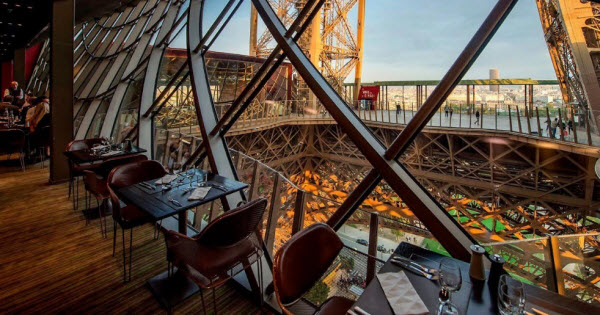
Initially, the Eiffel Tower was intended to be a temporary structure, planned for removal after 20 years. However, over time, people grew fond of the tower, and many of its former detractors publicly apologized. Most Parisians took pride in it, and Gustave Eiffel himself was reluctant to dismantle his beloved project. Instead, he made it an invaluable asset to the scientific community. Shortly after its opening, he established a meteorological laboratory on the third floor and invited scientists to use it for research on topics ranging from gravity to electricity. Ultimately, it was the tower’s towering presence that saved it from demolition, not its scientific laboratory. In 1910, Paris renewed Eiffel’s concession for the tower due to its usefulness as a wireless telegraphy device. The French military used it to communicate with ships in the Atlantic Ocean and intercept enemy messages during World War I. Today, the tower hosts over 120 antennas broadcasting radio and television signals throughout the city and beyond.
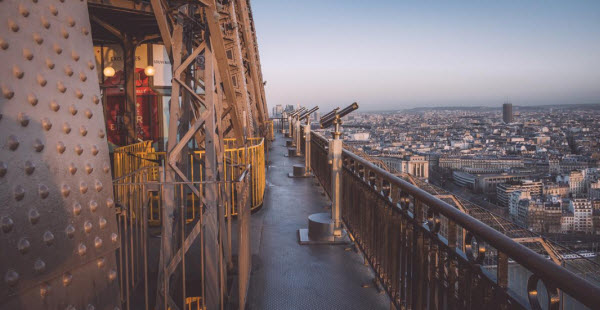
The Tower Today
The Eiffel Tower remains a central feature of the Paris skyline, equipped with 1,710 stairs and 20,000 light bulbs. Known affectionately by the French as “The Iron Lady,” visitors can climb the stairs to the first level and then use the elevators. Statistics indicate that more than 7 million people visit the Eiffel Tower annually. According to their official website, since its opening in 1889, nearly 250 million people from around the world have enjoyed the facilities within the tower. It currently features two restaurants, several buffets, a banquet hall, a bar, and various unique gift shops on its three levels. Guided tours are available for children and tourist groups. The tower is open year-round, and tickets can be purchased online or at the ticket office at the base of the tower.
